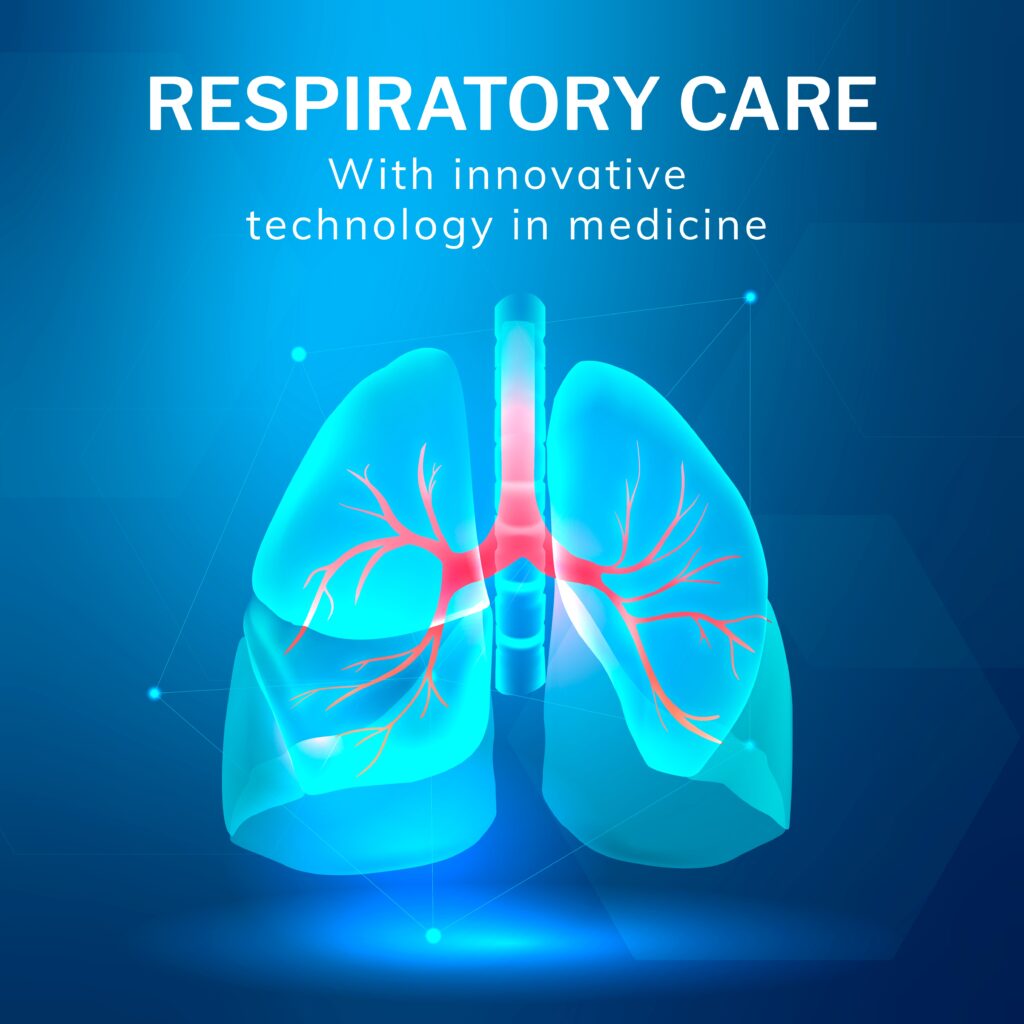
Learn How to Use a Spirometer - Safey Medical Devices
Wondering how to use a unique & smart spirometer? Learn how it works, what they’re used for, and what things to keep in mind when using it. Visit us now!
The below content is derived from research done using sources available on the internet. Safey Medical Devices Inc and its subsidiaries do not take any responsibility for the accuracy of the content. No medical decision should be taken on the basis of below content without consulting with your Medical Practitioner.
Wondering how to use a spirometer? You’re in luck. Find out exactly how they are used, what they are used for and what things you need to consider when using a spirometer. Get top tips with Aerobit Health.
Smart Spirometers have been around since the 19th century, providing a hugely beneficial piece of apparatus to the medical industry in pinpointing issues with the movement of air in and out of an individual’s lungs.
Today, a spirometer is the primary piece of equipment used for Pulmonary Function Tests (PFTs). These are the most common tests an individual can have to rule out potential lung diseases such as asthma, emphysema and bronchitis.
Reasons for spirometry tests
Spirometry is regularly used to diagnose potential lung conditions if you are exhibiting potential signs of developing a disease, or your GP believes your risk of developing a certain lung disease is heightened.
The most common reason why your doctor may recommend using a spirometer is if you suffer from breathlessness or a persistent cough. Regular smokers aged 35 and over may also be recommended spirometry as a form of treatment to mitigate future lung conditions.
Smart Spirometers can be used to pick up and closely monitor four key lung conditions:
- Chronic obstructive pulmonary disease (COPD)- COPD is a lung condition that commonly affects individuals that are middle-aged or older. It is particularly prevalent amongst those who have smoked regularly throughout their life. Many people live day-to-day without even realizing they have COPD, although breathing problems resulting from the narrowing or inflammation of the airways often worsen over time, restricting your normal activities. Spirometers can pick up or track the development of your COPD condition.
- Asthma- Asthma affects people of all ages, even though it most commonly develops early in childhood. Though there is not currently a cure for this lung condition, spirometry can help to monitor the severity of your asthma and ascertain how well your lungs are responding to medical treatment.
- Pulmonary fibrosis- Put simply, pulmonary fibrosis relates to the scarring of your lungs, leading to long-term breathing difficulties. It is most common among people aged 70-75-years-old. Spirometry can be used as a form of pulmonary rehabilitation to help you breathe more easily. It can also help your GP to determine whether their prescribed medication is slowing down the rate of scarring.
- Cystic fibrosis – This is a genetic condition causing the lungs and the digestive system to become full of mucus, leading to numerous infections and digestive problems. The majority of cystic fibrosis cases are spotted at birth. Although cystic fibrosis often results in shortened life expectancy, treatments such as spirometry can help to clear the airways and keep the mucus away from the lungs.
Common types of spirometer
There are three key types of Smart Spirometer in use within the health service today. They can be used both at hospital or your local GP surgery, as well as your home to improve your lung function.
If you are required to use a spirometer more frequently to open up the air sacs in your lungs and keep the organs active and clear of blockages, here are some easy step-by-step guides to using a spirometer:
Electronic spirometers
Portable electronic spirometers now exist, allowing those with lung conditions to take basic measurements of the primary spirometry parameters at home. These handheld diagnostic spirometers generally have USB ports fitted, allowing you to log results of your tests and easily track your progress.
- Use either single-use or reusable turbines with pre-connected one-way valve mouthpieces
- Fit the nose clip so that air cannot escape out of the nostrils
- Hold the spirometer in both hands
- Insert the mouthpiece well into the mouth beyond the teeth, ensuring air cannot escape from either side of your mouth
- Breathe in from a standing position – lean forward when you breathe to help with the airflow due to the compression of your abdomen.
Incentive spirometers
Incentive spirometers are designed to improve your lung function. These are most commonly used after major surgery or sustaining fractured ribs, when breathing can be more painful and harder to do. It can also exercise lungs that are diagnosed with conditions such as COPD and cystic fibrosis, ensuring enough air gets into every corner of your lungs.
Incentive spirometers are plastic and about the size of an A5 piece of paper. They have a mouthpiece attached that looks something like a vacuum. When you inhale through it, the suction in the tube will push a disc up inside a visible clear cylinder. The higher you breathe, the further the disc rises. The cylinder is marked with numbers to display to you or your GP how much air your lungs can take in.
- Sit up straight on the edge of a chair or bed
- Hold the spirometer in your hands and take a deep breath out to clear all the air within your lungs
- Place your lips around the mouthpiece, carefully ensuring the air does not escape out of the sides of your mouth
- Plug or clip your nose to stop air from escaping through your nostrils, if necessary
- Start to breathe in slowly for as long as you can, hold it for up to ten seconds and note where the disc reached on the cylinder.
Peak flow meters
A peak flow meter is another popular form of spirometer designed to particularly aid asthma sufferers. The peak flow test can help you to keep a close eye on your asthma symptoms, improving your overall understanding of what’s going on inside your lungs.
In order to get an accurate measure of peak flow in your lungs, you will often be asked by your GP to take readings twice daily and maintain a diary of your symptoms.
- You can either choose to sit upright or stand, whichever is the most comfortable position for you to breathe
- Reset your peak flow meter ensuring the pointer is positioned at the beginning of the scale
- Take a deep breath in, filling your lungs with as much air as possible
- Hold the meter horizontally in front of your face and place your lips over the meter, forming a tight seal around the mouthpiece
- Blow as hard as you can into the meter with the air in your lungs
- Make a note of your reading – this will be the number displayed next to the pointer
Possible side effects of spirometry
Although spirometry is a simple test that’s easy to understand and carry out, some people experience minor side effects a brief moment after a test. It can cause dizziness, nausea and tiredness for a short while, so don’t be alarmed if you feel this way after using your spirometer.
A spirometer test will increase the pressure inside your head, chest and eyes when you breathe out into your device, so if you have a condition that could be exacerbated by this task, it might be best to seek an alternative test with your GP.
Spirometry may also be avoided if you have recently experienced a heart attack or have uncontrolled high blood pressure. However, on the whole, spirometry is an important yardstick for GPs and patients to make sure the lungs are performing at their optimum level.









